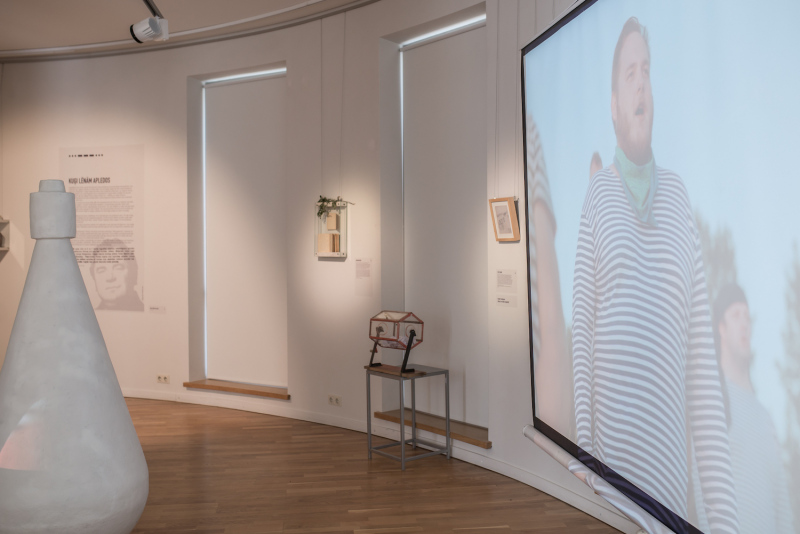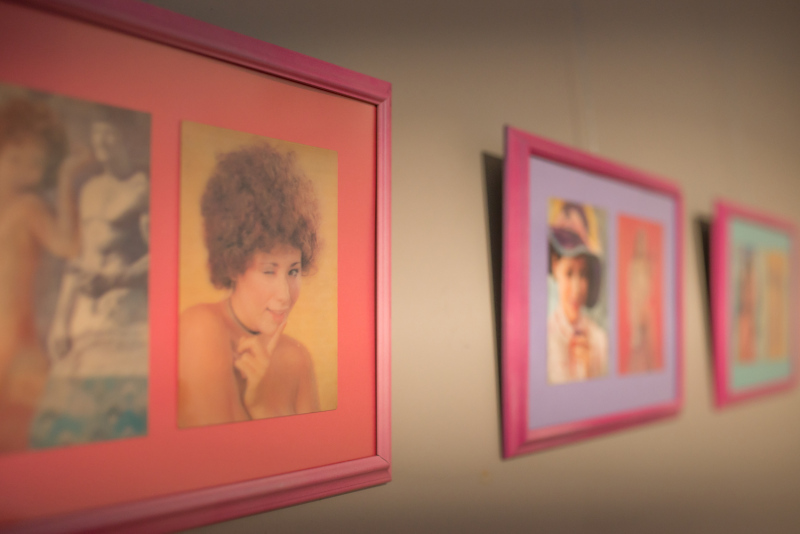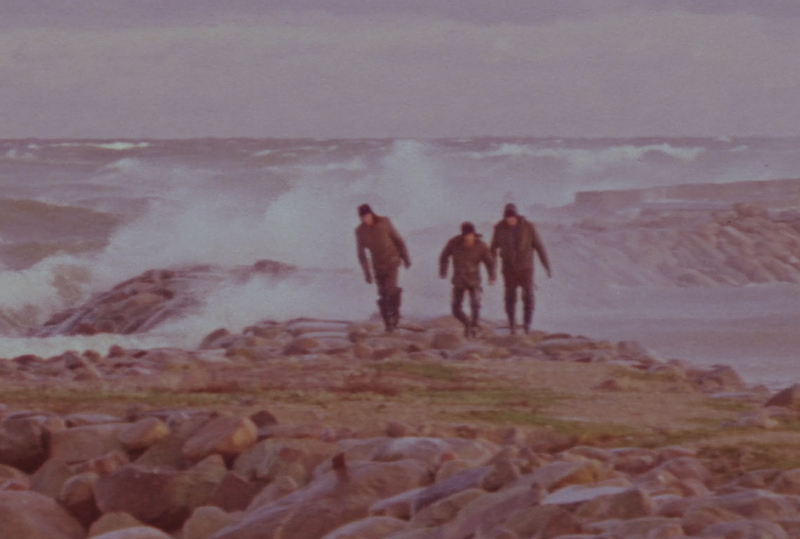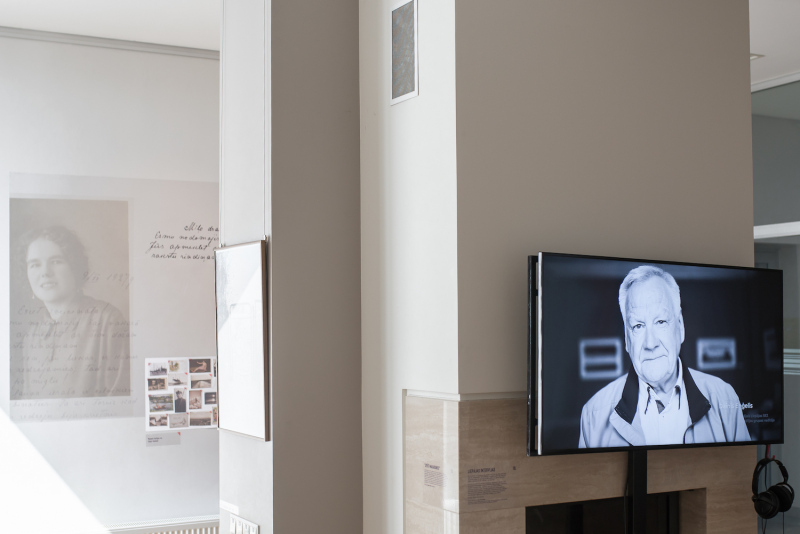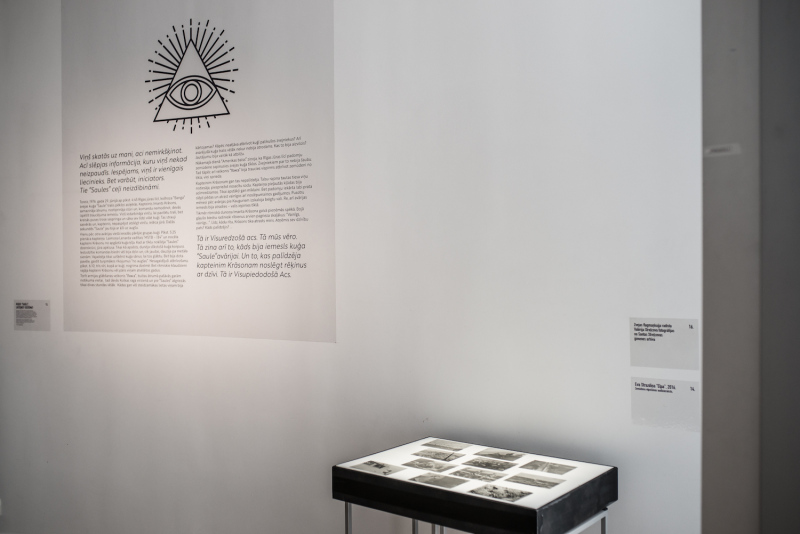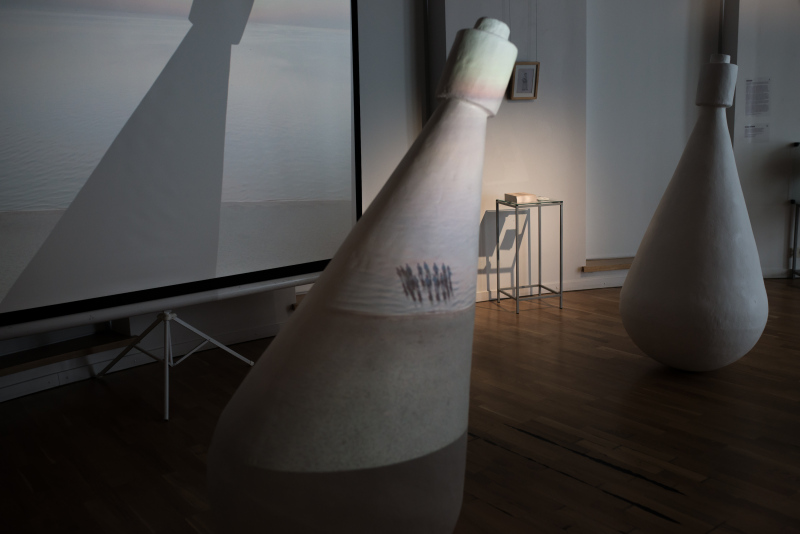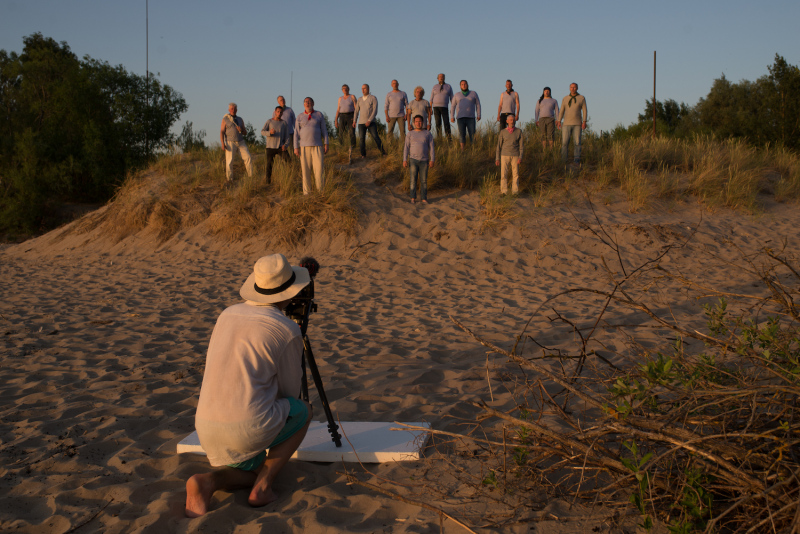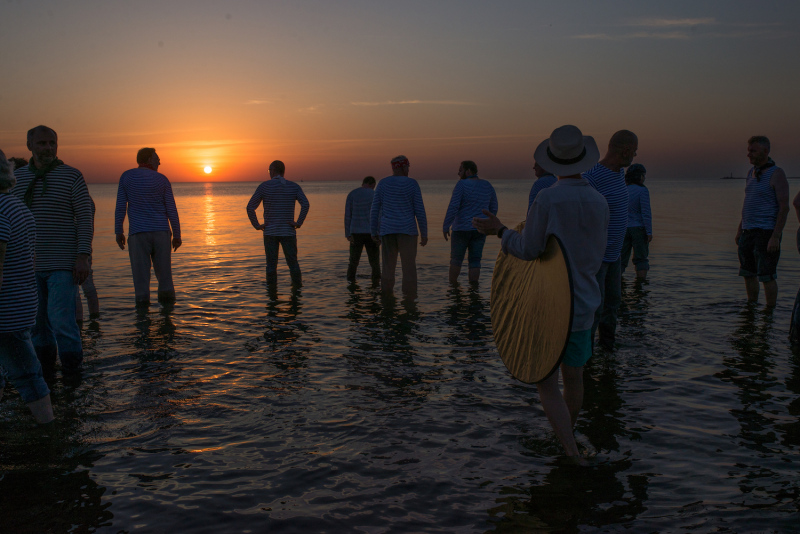-
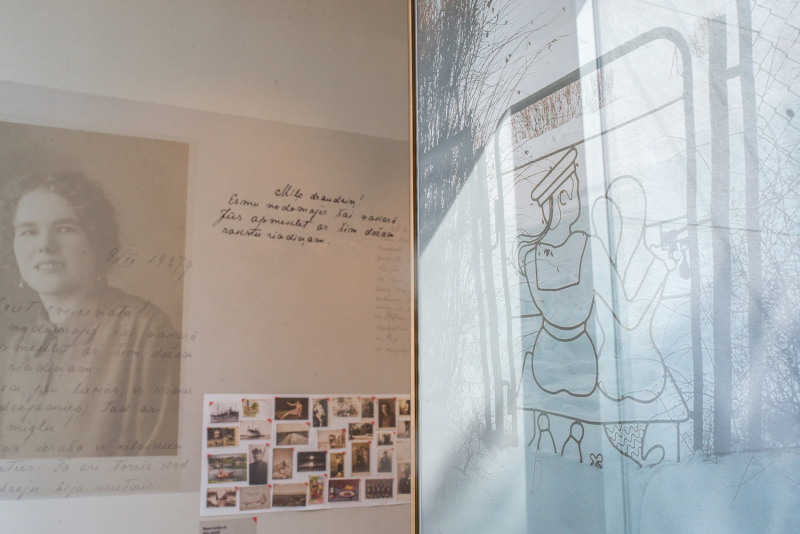
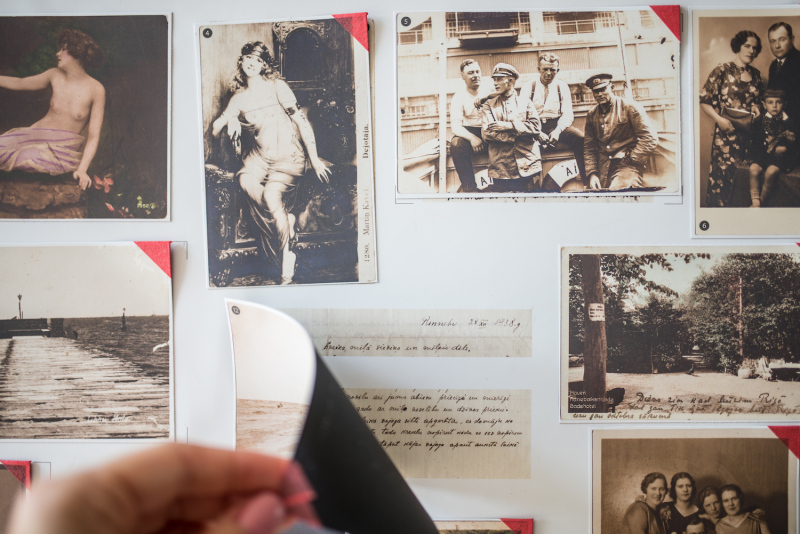
Audiovisual exhibition "Survivors" in Jurmala city museum
08.07.2021-29.09.2021
The exhibition "Survivors" was created by thinking
about the relationship between man and the sea,
studying the phenomenon of survival from the point of
view of sailors and fishermen. They know the sea
much better, than we "land rats". These professions,
historically attributed to men, are considered
masculine, but when working in them, men often
experience events that test their masculinity. Storms,
cold, hard physical work, seasickness. It may seem
that the constant struggle does not allow sailors and
fishermen to be in control of their lives. However, they
have learned to survive and pass this unique
experience on to future generations. With long-term employment, seafarers are connected to both the sea and the land. While at sea, they long for home, loved ones, families, but on land they are disturbed by the spirit of unrest. The desire to be at sea and on land at the same time created a situation in which a seafarer had to embrace their masculinity, which allowed them to work in both places, while maintaining masculine strength and freedom of action. The sailors established their liminal position, which taught them to survive and return home. Liminality is a situation in which people are not bound by previous social relationships, which cannot be really controlled, but in which they can start thinking and acting in a new way.When asked what really helps seafarers find balance in the liminal position, they usually answer that they can only rely on themselves. The negotiations are gradually revealing sources of
strength. Exhibition encourages awareness of the values that help people to survive and maintain love, compassion and balance even in today's changing conditions.The author and curator of the exhibition idea is art scientist Inga Bunkše. Although the idea of the exhibition belongs to the curator, its participants are both authors and creators.
Eva Strazdiņa is a photographer and video artist who works with historical photo and video archives, family albums and found photographs. For the exhibition, Eva Strazdiņa has created two video works, which show interviews with captains, a boy / sea relationship / growth story.Video artist Arvis Belovs has created a video work in which the choir "Dziedonis" under the direction of conductor Einārs Verro performing shanty songs. The set designer of the exhibition Kristīne Abika is a painter, as well as a set designer of countless theatrical performances and a costume designer in almost all Latvian theaters. Kristīne Abika both
designed the exhibition and was the author of several works of art.The liminal objects were created by the young sculptor, a student of the Latvian Academy of Arts Krišjānis Beļavskis.
The graphic identity of the exhibition was created by the artist Anitra Eglīte-Poikāne. The graphic identity contains the international Morse code of the Morse code, indicating that its teaching, like the ability to locate a ship by stars and other knowledge and skills, is often a prerequisite for
survival.
Eva Saukane ©
